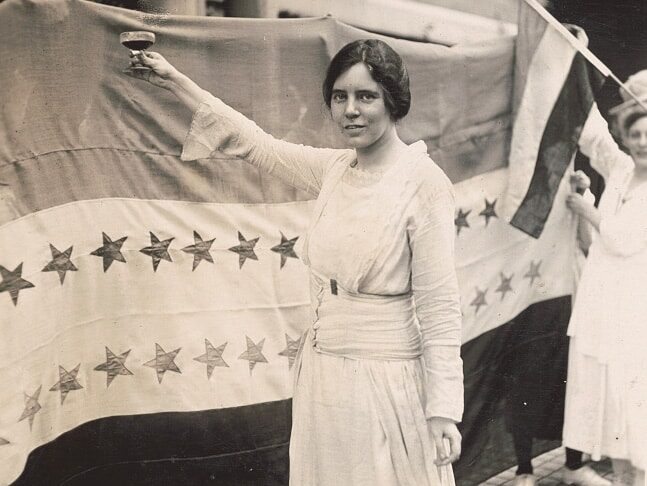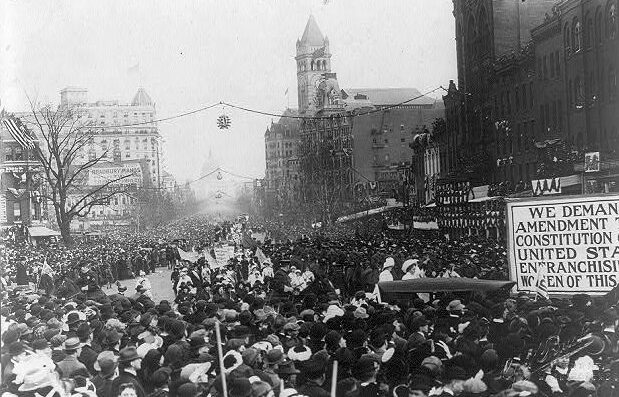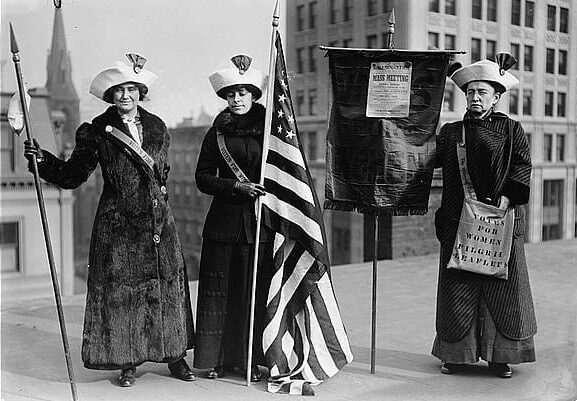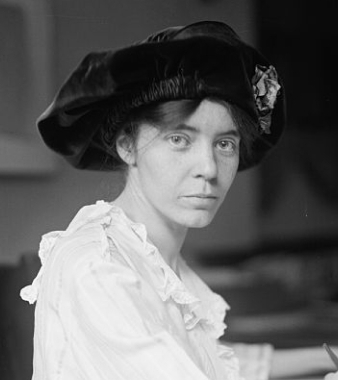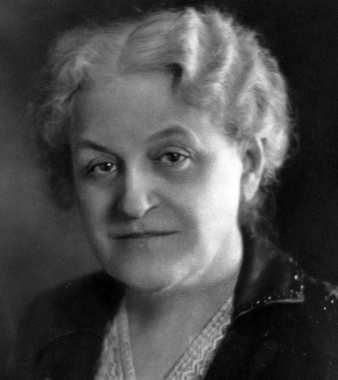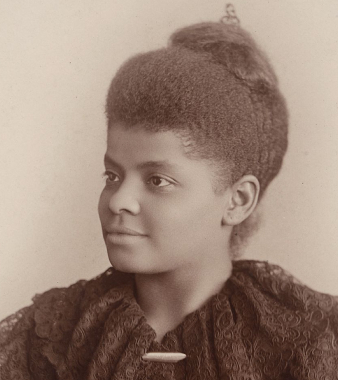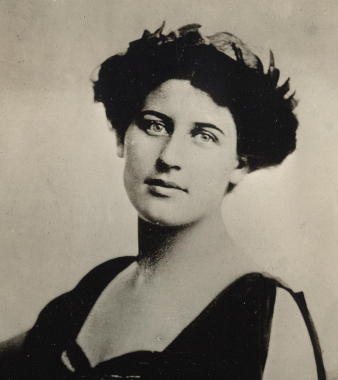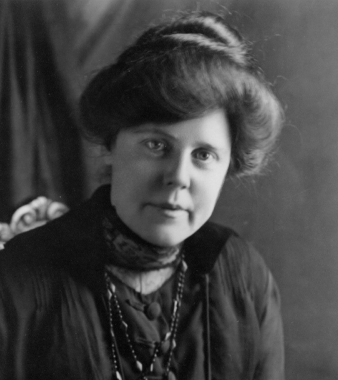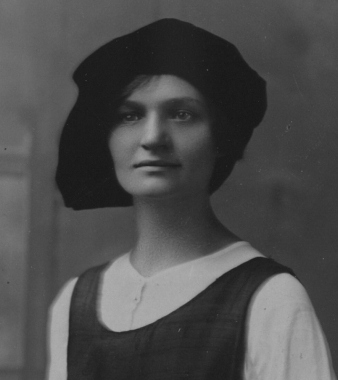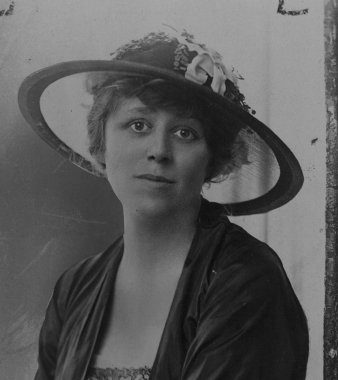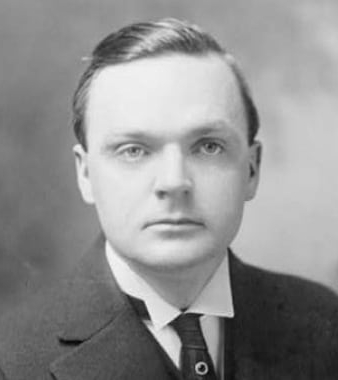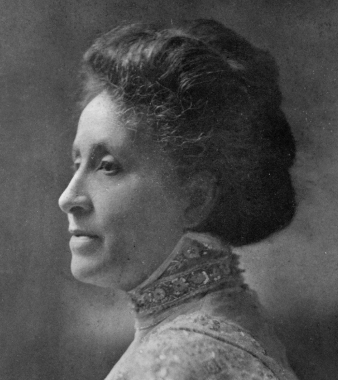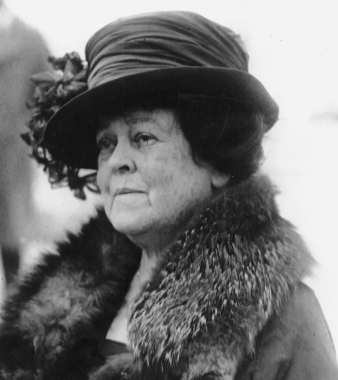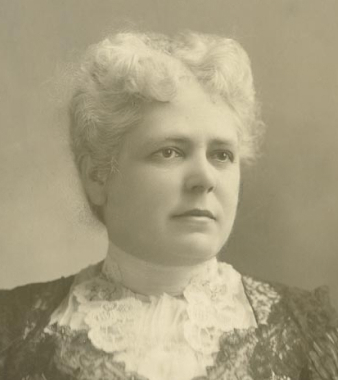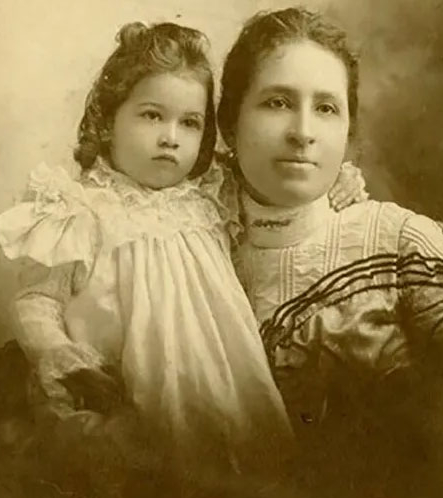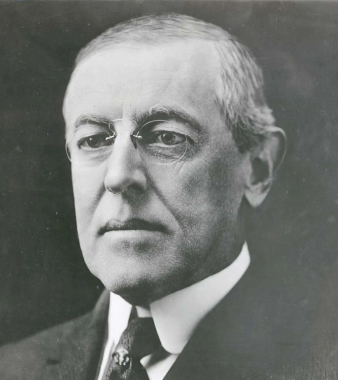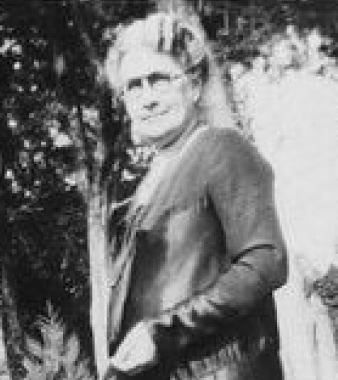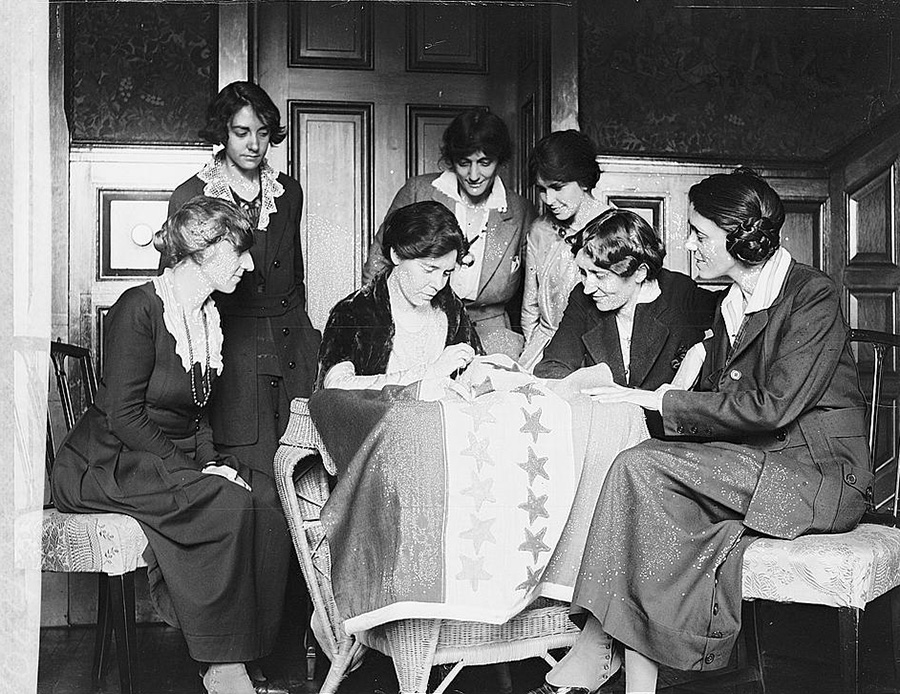Forward by Elaine F. Weiss, suffrage scholar and author of the highly-acclaimed narrative history The Woman's Hour: The Great Fight to Win the Vote.
When the curtain rises on SUFFS, we witness the first, tense meeting of two of the greatest political leaders of the 20th century. Alice Paul is a headstrong 27-year-old activist with bold ideas. Carrie Chapman Catt, 53, is a protégé of Susan B. Anthony, the leader of the American woman suffrage movement, and one of the most famous women in the world. American women's struggle to win the right to vote is entering its seventh decade, with a third generation of dedicated activists trying to convince the nation that "We The People" also includes women. After hundreds of state and local campaigns across the country, little progress has been made.

